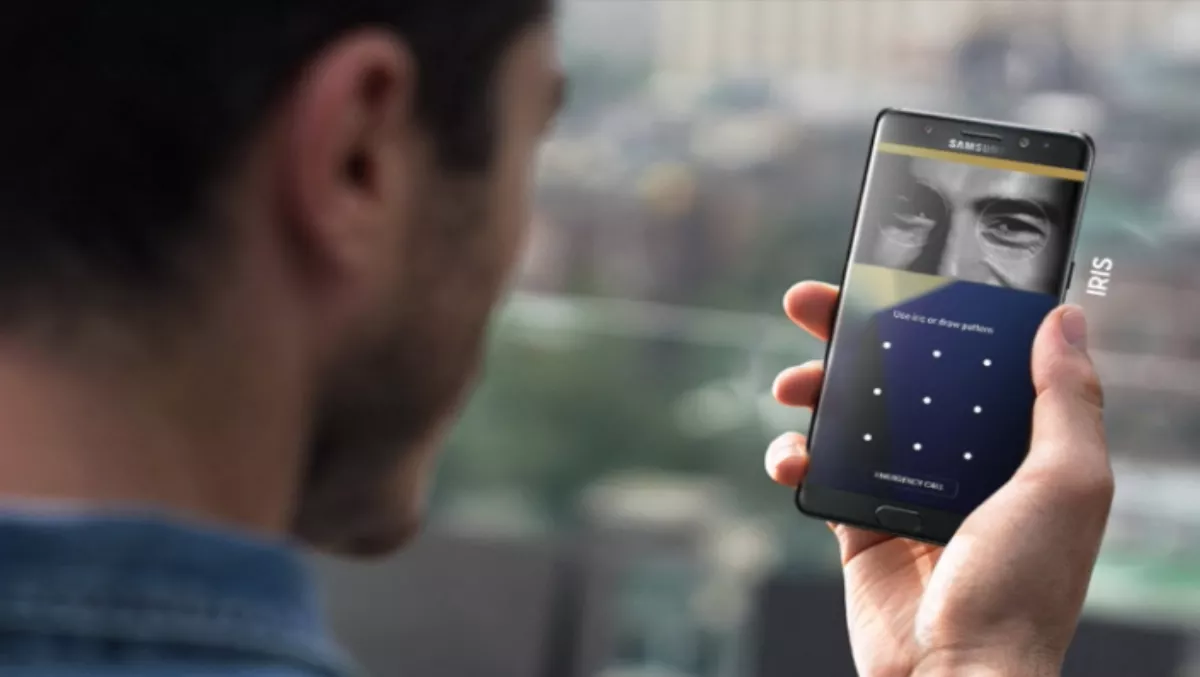
Hackers run circles around Samsung's iris scanner security
Hackers have shown that no phone security is unbreakable, it seems.
Researchers at the Chaos Computer Club claim to have bypassed the iris scanner on Samsung's newest flagship phone, the Samsung Galaxy S8. How did they do it? It wasn't exactly the kind of hacking you see in the Fast and Furious franchise. Using a simple photo of a person's iris and an ordinary contact lens, they cruised right through Samsung's hyped up biosecurity system.
Samsung's "airtight" (according to them) iris scanner is included on the Galaxy S8 as an alternative form of biometric security in addition to the built-in fingerprint sensor.
Galaxy S8 users can choose to set up the iris scanner, which is more secure than the facial recognition system, to unlock the phone or authenticate Samsung Pay mobile payments.
The most significant advantage to using an iris scanner compared to face recognition is that ordinary photos normally can't fool it. An ordinary photo doesn't contain the unique patterns in a person's eyes that can only be detected with an infrared sensor.
The hackers used a "good digital camera with 200mm-lens at a distance of up to five meters" to take a photo of a person's eye. The camera was switched to its "night mode" in order to capture the unique patterns of the iris.
The image of the iris was then printed on a Samsung laser printer (no, seriously) and a contact lens was placed on top to give it depth.
The hackers registered a person's iris on the S8 and then tested the fake iris. It obviously worked, and the security system was easily duped.
While simple, the hacking required some trial and error.
Chaos Computer Club's Jan Krissler says they tested three printers, printing five to ten variations per printer, before they got a positive with a Samsung laser printer. The printout of the iris worked out to "80 pixel iris diameter."
"The Samsung model was a standard consumer product, around 250 Euro. We tested multiple prints on multiple kinds of paper. All of them worked. It worked instantly after we found the working printer," he says.
There isn't much cause for alarm, as the probability of this happening to a Galaxy S8 user is very low. I can't imagine that many people have photos of their eyes, captured in night mode, chilling on social media or on other publicly available sites.
Samsung commented on the hack.
"We are aware of the issue, but we would like to assure our customers that the iris scanning technology in the Galaxy S8 has been developed through rigorous testing to provide a high level of accuracy and prevent attempts to compromise its security, such as images of a person's iris. If there is a potential vulnerability or the advent of a new method that challenges our efforts to ensure security at any time, we will respond as quickly as possible to resolve the issue."

